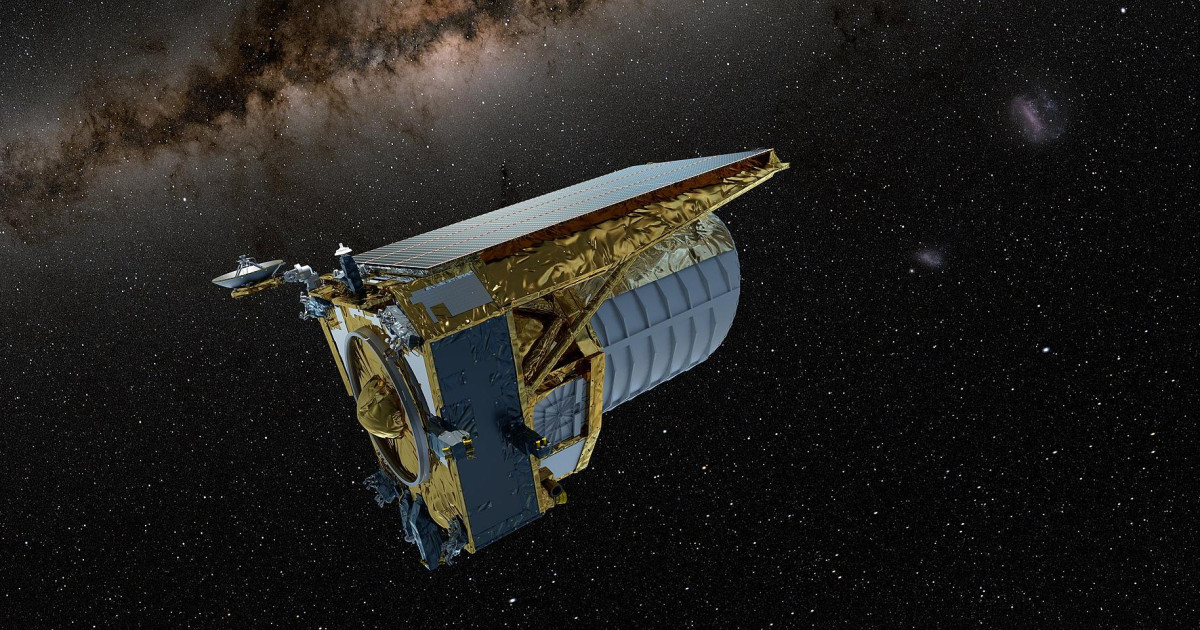Dozens of scientists from different countries, coordinated by Ralf Kohli from the European Space Astronomy Center (ESAC) in Madrid, are working to remove ice particles that have lost 10% of their observing power. Telescope EuclidLocated at a distance of 1.5 million kilometers.
To reach its target, the telescope must be stable and at full capacity. His work spans six years and aims to shed light Light on dark matter and dark energy It occupies more than 95% of the universe.
In an interview with Efe, Kohli said that last November, while adjusting and calibrating the telescope's instruments and preparing for the start of the mission's first probe, they noticed a small but progressive diminution. Light level Measurement of observed stars.
“We decided to compare the levels of brightness that Euclid records Gaia work In the same stars, we saw about a 10% vision loss,” he explained.
Some stars in the universe vary in their luminosity, but most are stable for millions of years, so when our instruments detect a weak and gradual decline in incoming photons, we know it's not them, but us.
The reason
is the event Within the realm of phenomena that scientists can predict: A portion of the water molecules absorbed from the air during the assembly of the probe on Earth, not removed by procedures designed for this purpose.
Later, these molecules were frozen in the mirror of Euclid's optics. Ice environment The location of the probe is 1.5 million kilometers away.
“It would be very difficult to build and launch a spacecraft from Earth without some water penetrating our planet's atmosphere,” the researcher admitted.
Although the thickness of these water molecules is microscopic: between a few nanometers and a few tens of nanometers (equal to the width of a DNA chain), the sensitivity of the telescope is so high that these tiny particles were able to subtract 10%. It is vision.
solutions
As Euclid's observations and science continue, the groups devise a plan to understand That's exactly where the ice is on the optical system and to minimize its impact now and in the future, if it continues to accumulate.
The simplest option for completing the ice is to send the order Run all the heaters on board for several daysSlowly increase the temperature from -140 ºC to -3 ºC, which is what the Gaia probe did when it had a similar problem.
But researchers fear that by heating the ship's entire mechanical system, the materials could expand Don't go back to the same situation After cooling, it affects this very important task that requires very stable temperature conditions.
For this reason, scientists have decided to heat the spacecraft's low-risk optical parts separately, Kohli said, with the released water located in areas where it is unlikely to contaminate other instruments or optics. Starting with two Euclid mirrors that can be heated independently.
“If we see the vision loss persisting in early April and impacting the science, we'll heat up other groups of Euclid glasses in May and check each time. What percentage of photons do they recover?“, he added.
“Defrosting should restore and preserve Euclid's ability to collect light from these ancient galaxies, but this is the first time we've done this procedure. We have good guesses about what surface the ice is sticking to, but we won't know for sure until we do it,” he said.
Small amounts of water will continue to be released into Euclid's interior, so the researchers realized that a long-term solution was needed to continue de-icing its optics without taking up too much work time.

